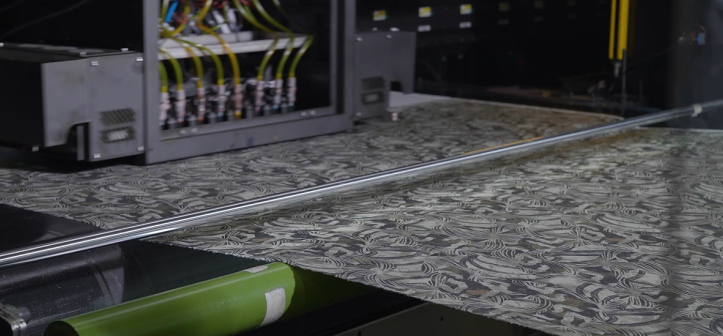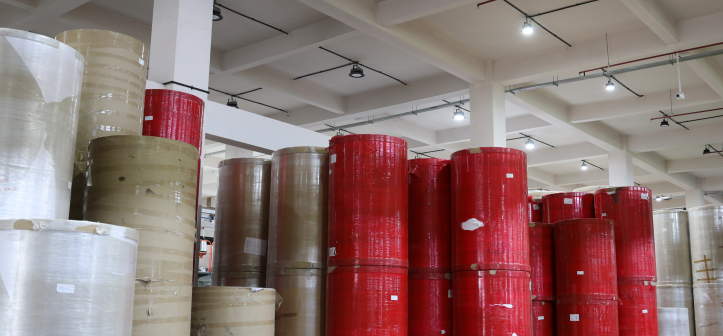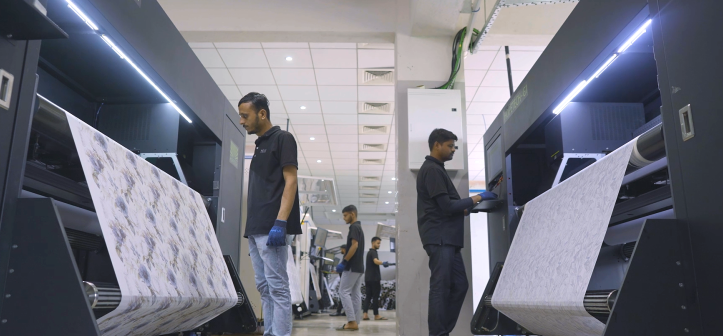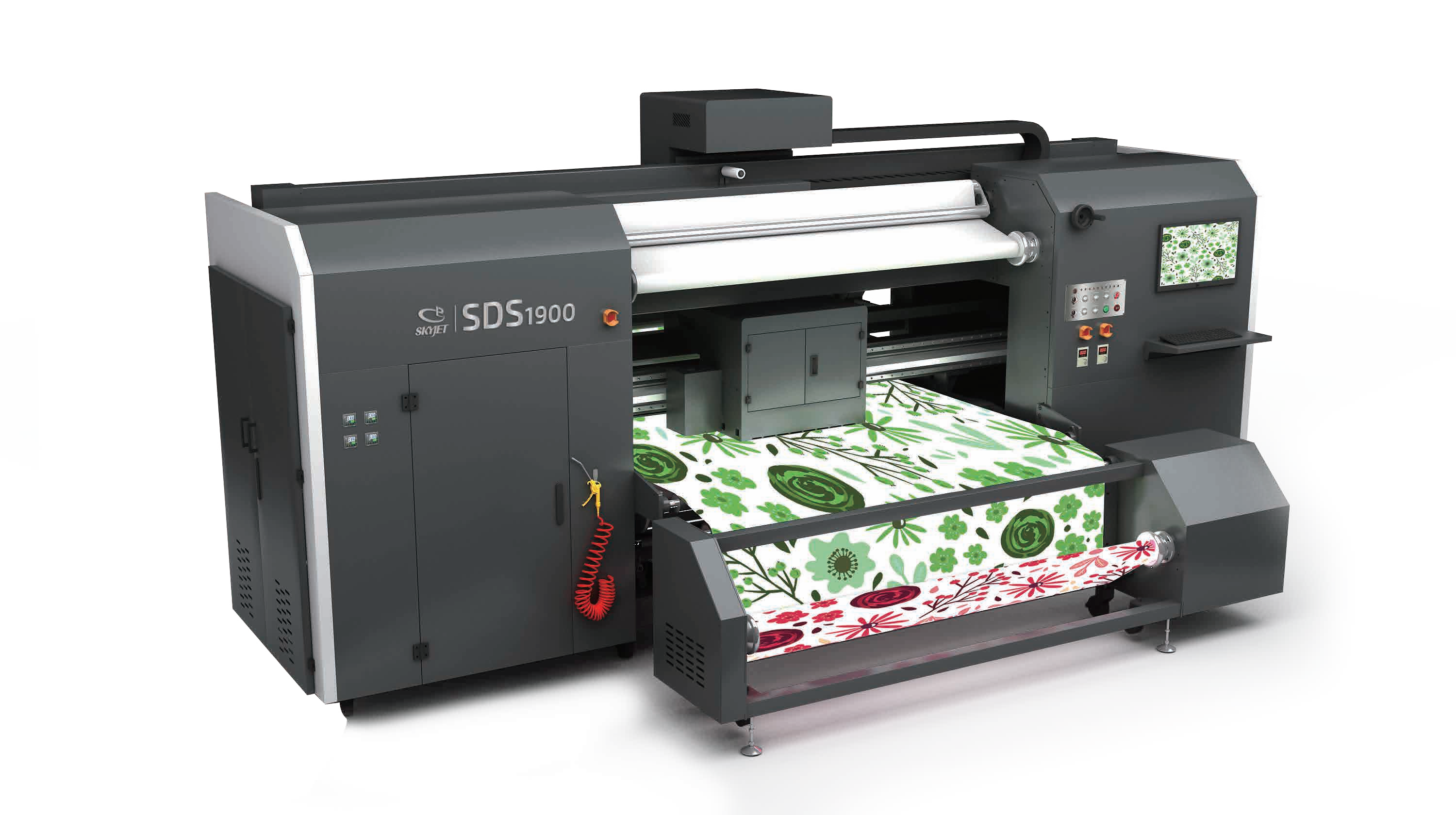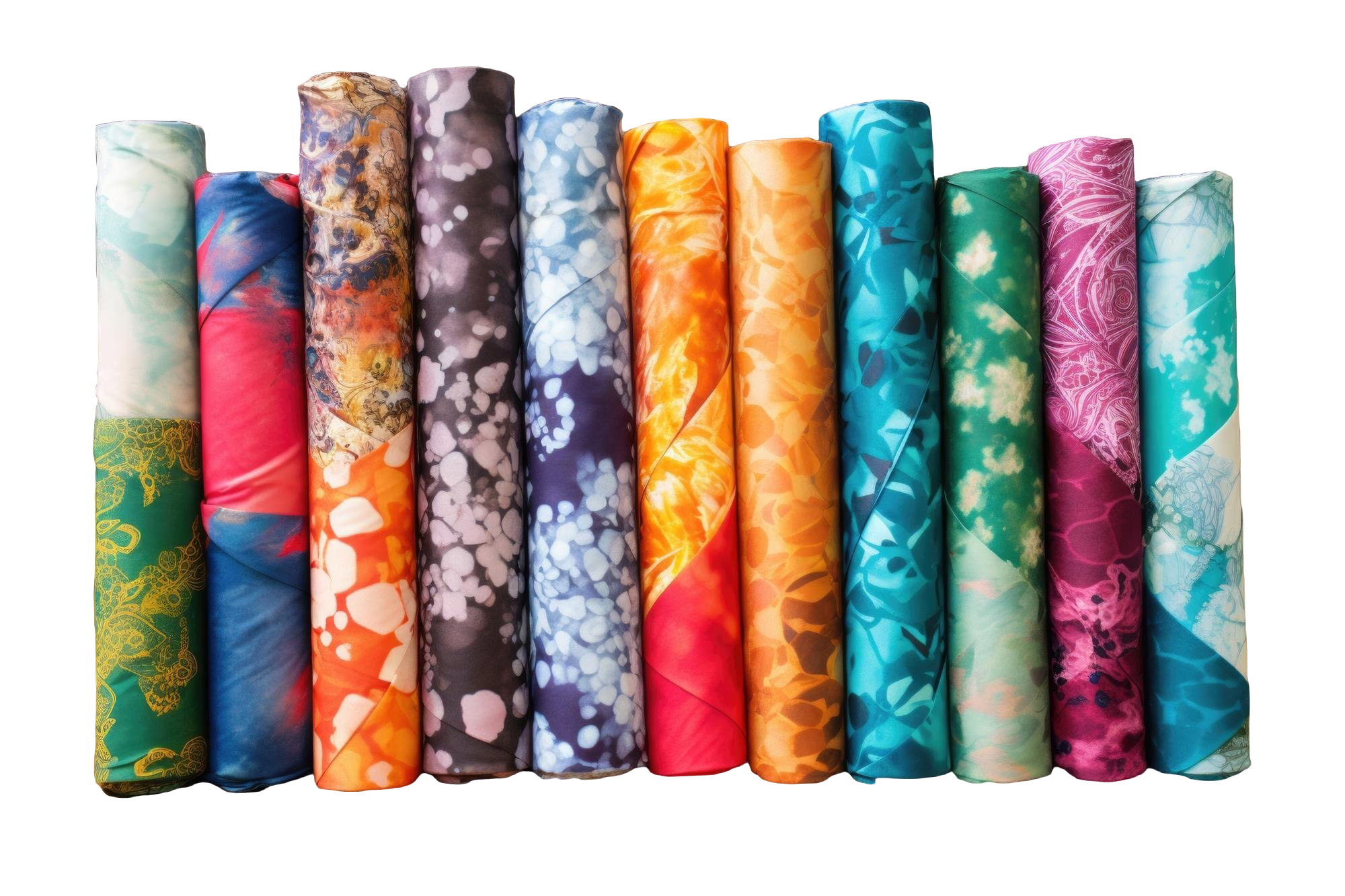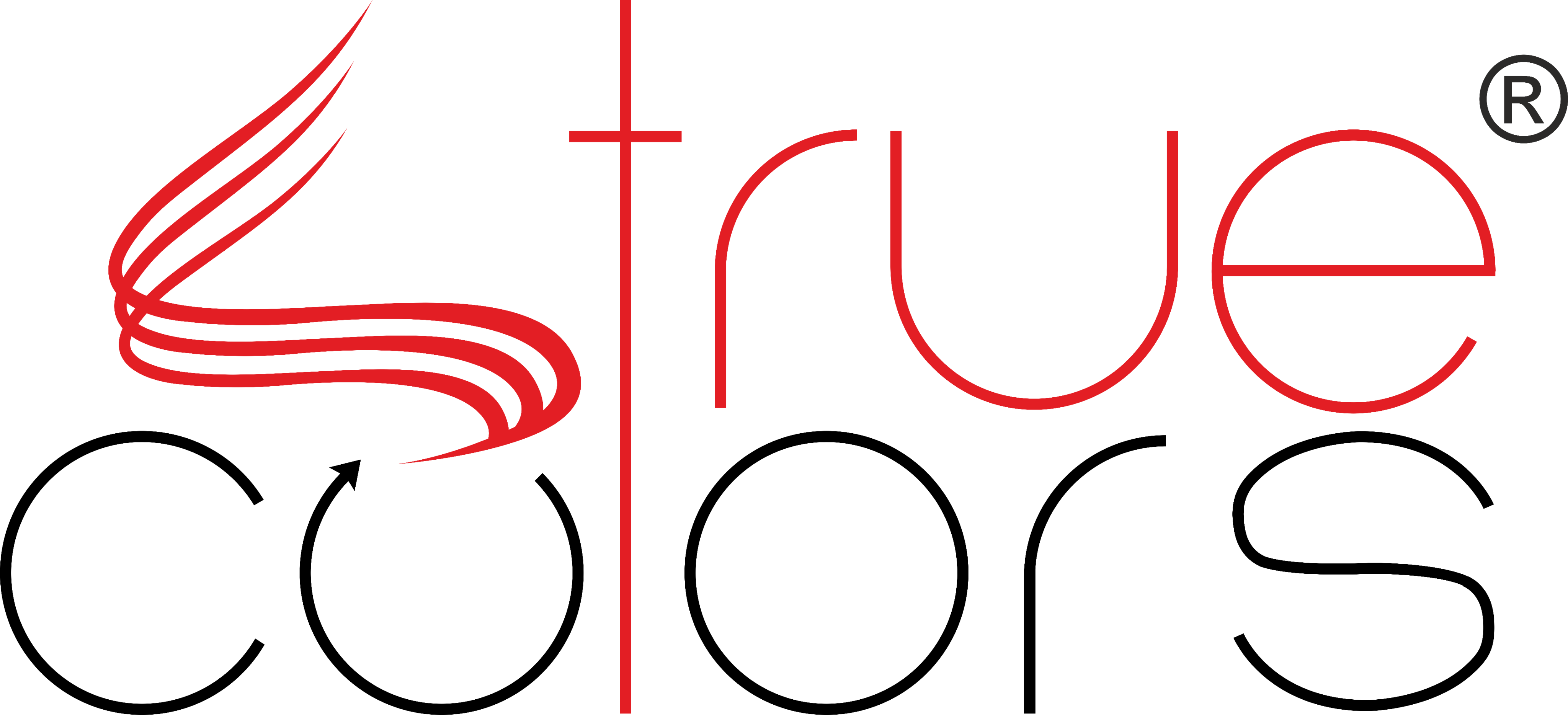The world of fashion has undergone a significant transformation with the rise of custom placement prints. This unique form of textile printing allows for designs to be applied in specific areas of a garment, offering a high level of personalization and creative freedom. Custom placement prints are changing the way fashion designers approach garment creation, enabling them to cater to the demand for unique, one-of-a-kind clothing items.
What is Custom Placement Printing?
Custom placement printing refers to the process of positioning a design in a specific area of the fabric, such as on the chest, sleeve, or back, as opposed to covering the entire fabric with a pattern. This technique allows for designs to be placed in strategic locations, ensuring the garment’s overall aesthetic is balanced while giving the design an impactful presence. Custom placement prints are particularly popular in t-shirts, dresses, jackets, and even accessories.
Benefits for Designers
Enhanced Creativity:
Custom placement printing opens the door for designers to experiment with designs and patterns in new ways. It allows for the creation of fashion pieces with bold, statement-making prints in unique locations, giving garments a modern, artistic look.
Personalization and Exclusivity:
With the growing demand for personalized fashion, custom placement printing offers an opportunity for designers to cater to consumers who seek exclusive items. Whether it’s a customized logo or a unique illustration placed in a particular spot, custom placement prints make each piece more personal and distinctive.
Strategic Design Placement:
Designers can use custom placement printing to highlight certain aspects of a garment. For example, placing a print across the chest or on the back of a shirt can make the design more visually impactful. This technique can also be used to complement or contrast other elements of the garment, such as fabric texture or color.
Impact on the Fashion Industry
Customization in Retail:
Retailers are leveraging custom placement prints to provide customers with the opportunity to create personalized apparel. Many fashion brands now offer services where customers can choose the placement of a design on their clothes, making the experience more interactive and engaging.
Influence of Streetwear and Trends:
The rise of custom placement printing has been closely tied to the rise of streetwear, where bold, graphic designs are often placed strategically on clothing items. This trend has influenced mainstream fashion, leading to an increased demand for custom-printed garments.
On-Demand and Small-Batch Production:
Custom placement prints are especially suited for on-demand and small-batch production models, as they allow for more individualized production runs. This makes it easier for brands to offer limited-edition collections and cater to niche markets.
Applications of Custom Placement Prints
T-Shirts and Tops:
Custom placement prints are most commonly seen on t-shirts and tops, where a large graphic or logo is printed in a specific area, such as the front or back. This allows for more dynamic and eye-catching designs.
Dresses and Outerwear:
Designers use custom placement printing to create unique styles for dresses and outerwear, often by positioning prints in areas like the sleeves, hem, or collar.
Accessories:
The placement printing technique can also be applied to accessories like scarves, bags, and hats. Custom prints on the front of a handbag or on the side of a cap can give these items a fresh, personalized feel.
Conclusion
Custom placement printing is revolutionizing the way fashion designers approach garment design. With its ability to deliver unique, personalized, and strategically placed designs, this technique is becoming an essential tool in modern fashion. Whether it’s for streetwear, high fashion, or personalized retail products, custom placement prints are here to stay, offering consumers more options to express their individual style.


